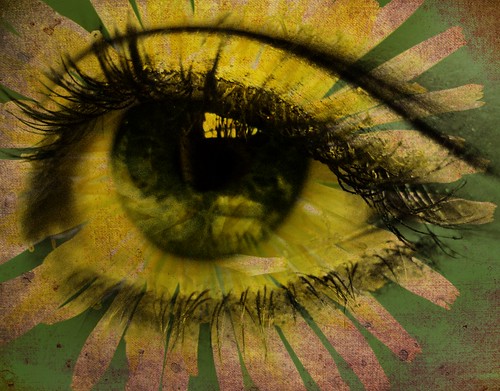A Case Study on Disabled Superheroes
For every disabled person living an unremarkable, everyday life you see in the media, you’ll see at least three disabled people with superpowers. The popularity of the supercrip archetype, whether created through careful media positioning of disabled athletes and personalities, is also visible in the world of popular culture - specifically, mainstream comics. While graphic novels have dealt into emotionally complicated territory with their depiction of various disabilities and life circumstances, superhero comics have really taken up the “supercrip” - the disabled superhero or heroine, as a money-maker and cultural tool.

 © Serendip® 1994 - All rights reserved. Privacy Policy
© Serendip® 1994 - All rights reserved. Privacy Policy











